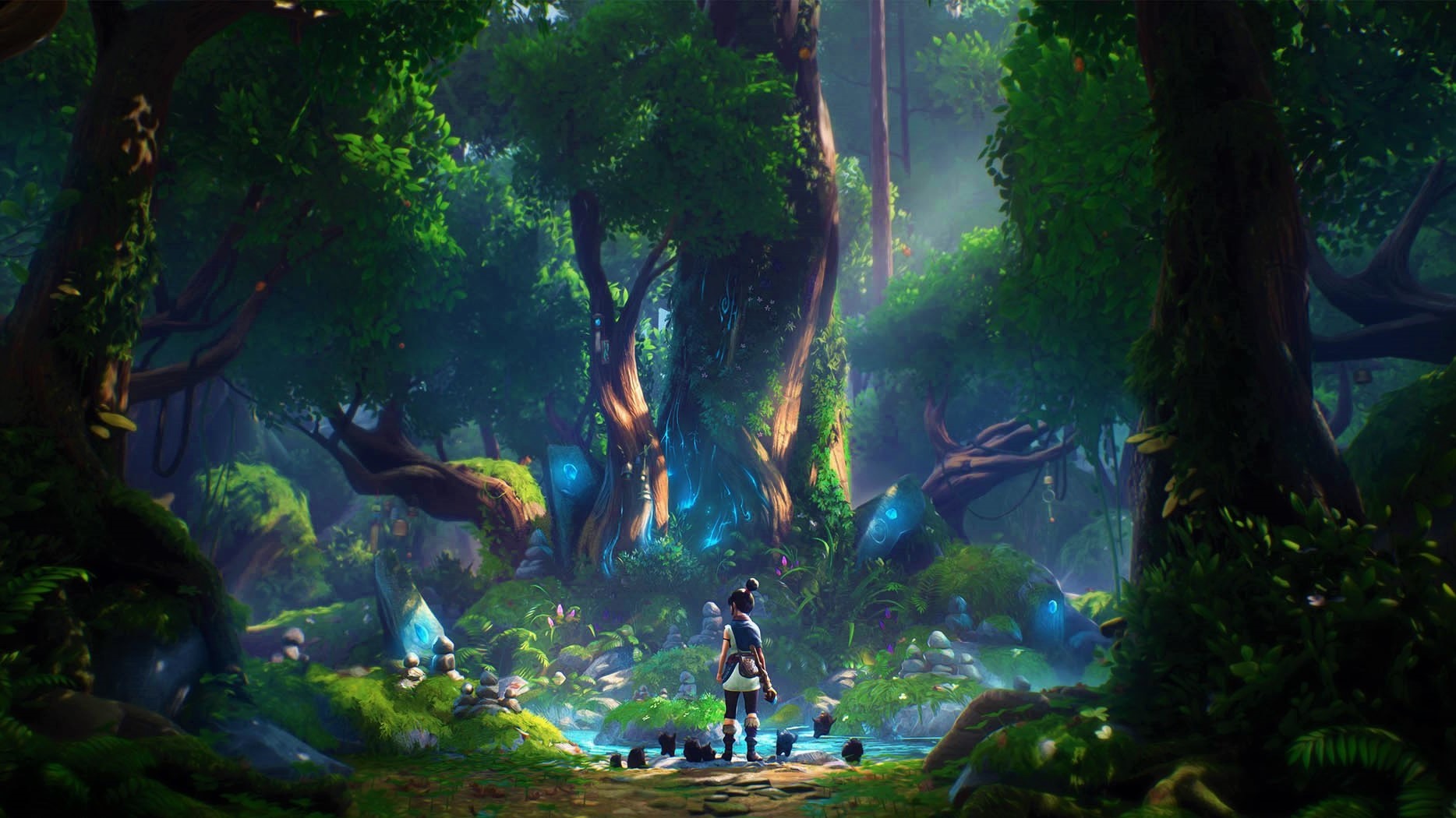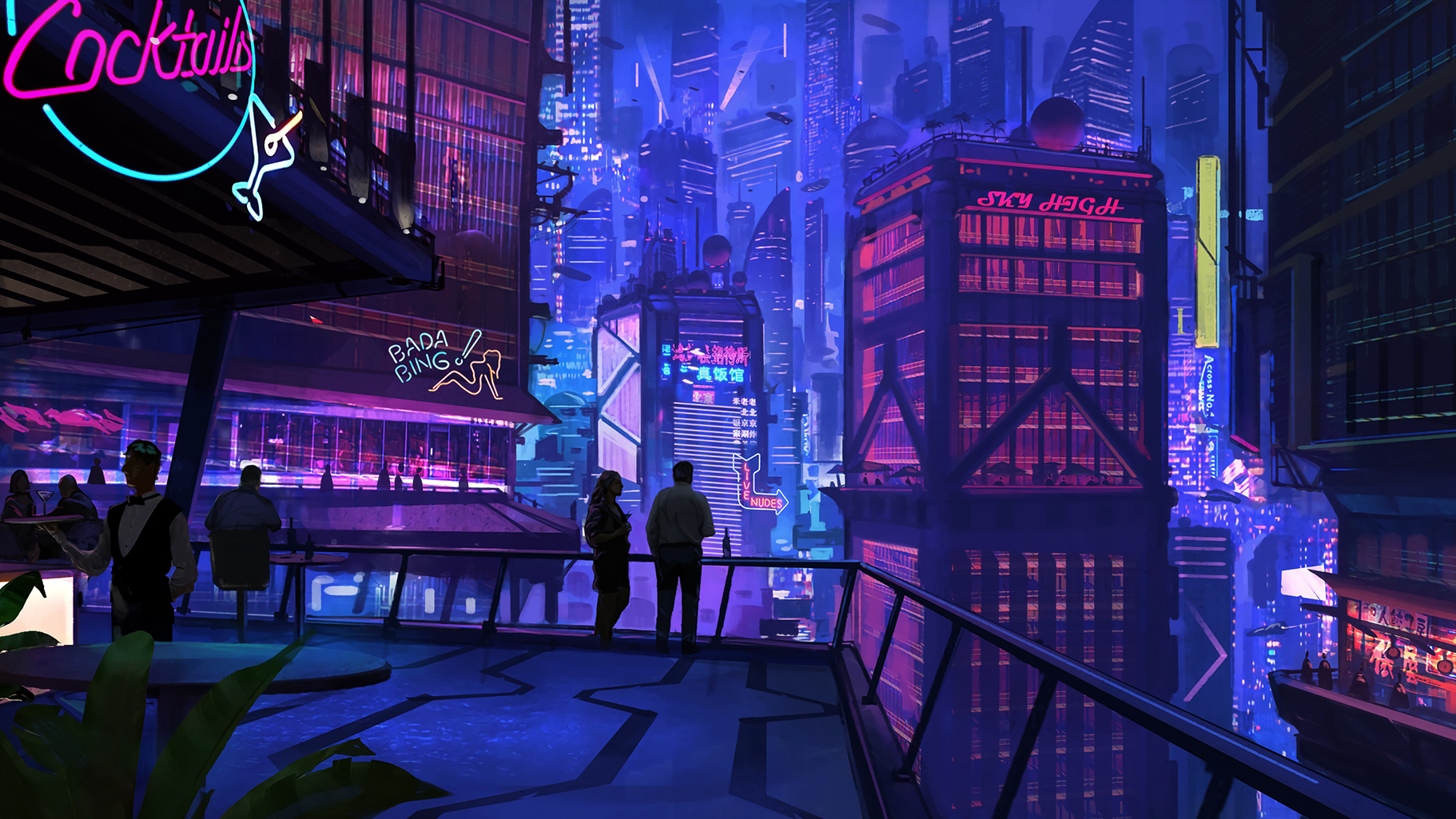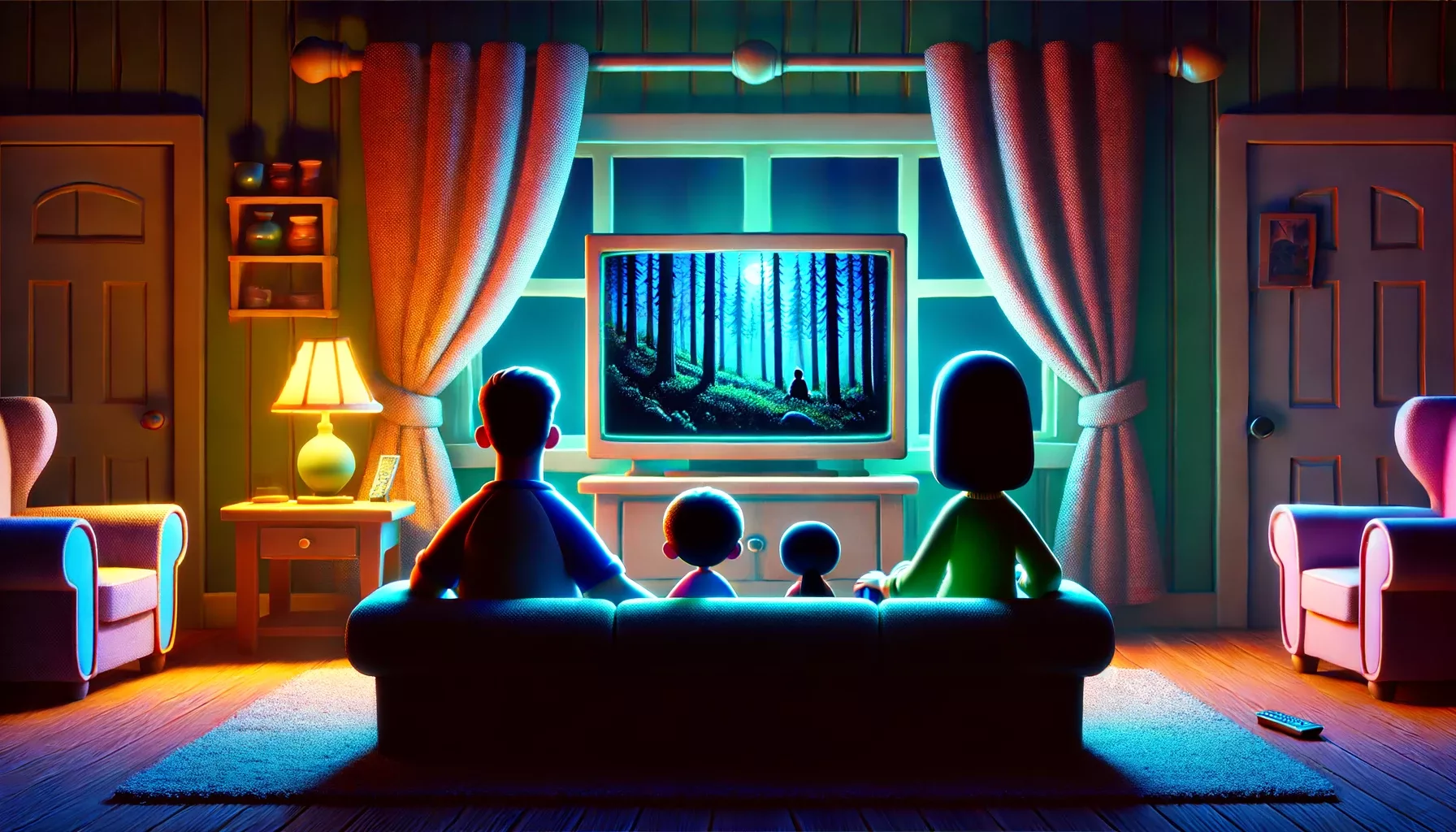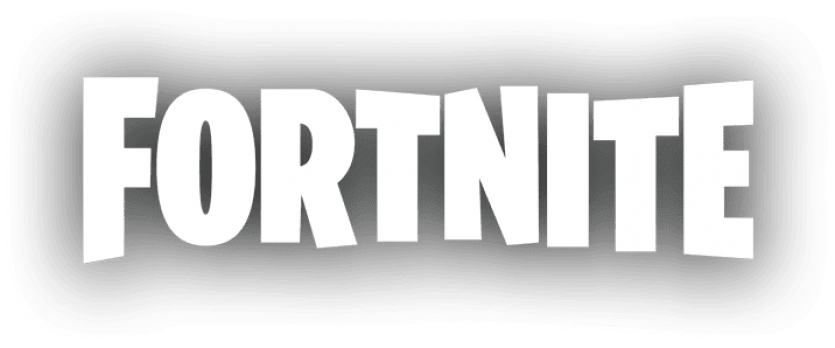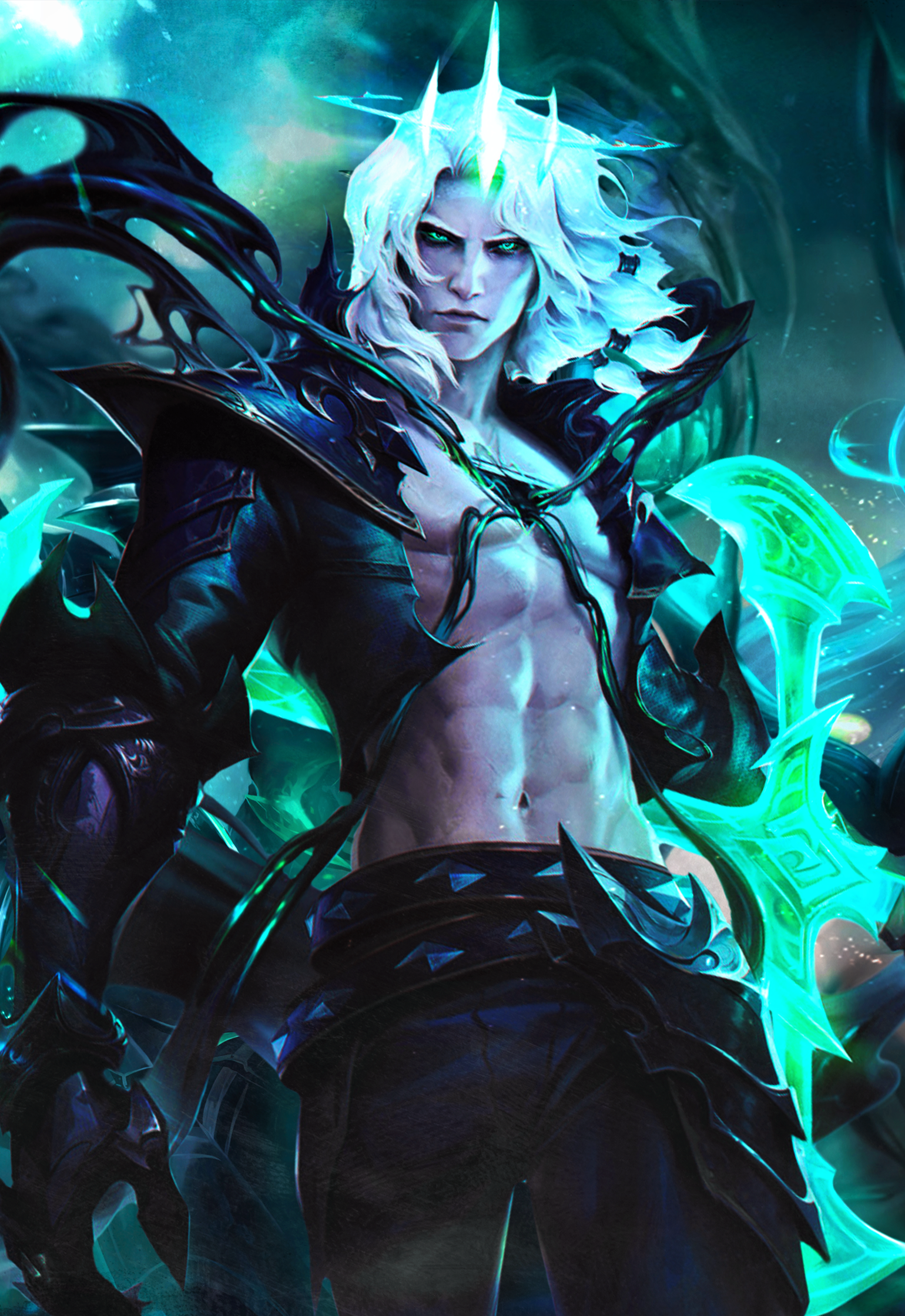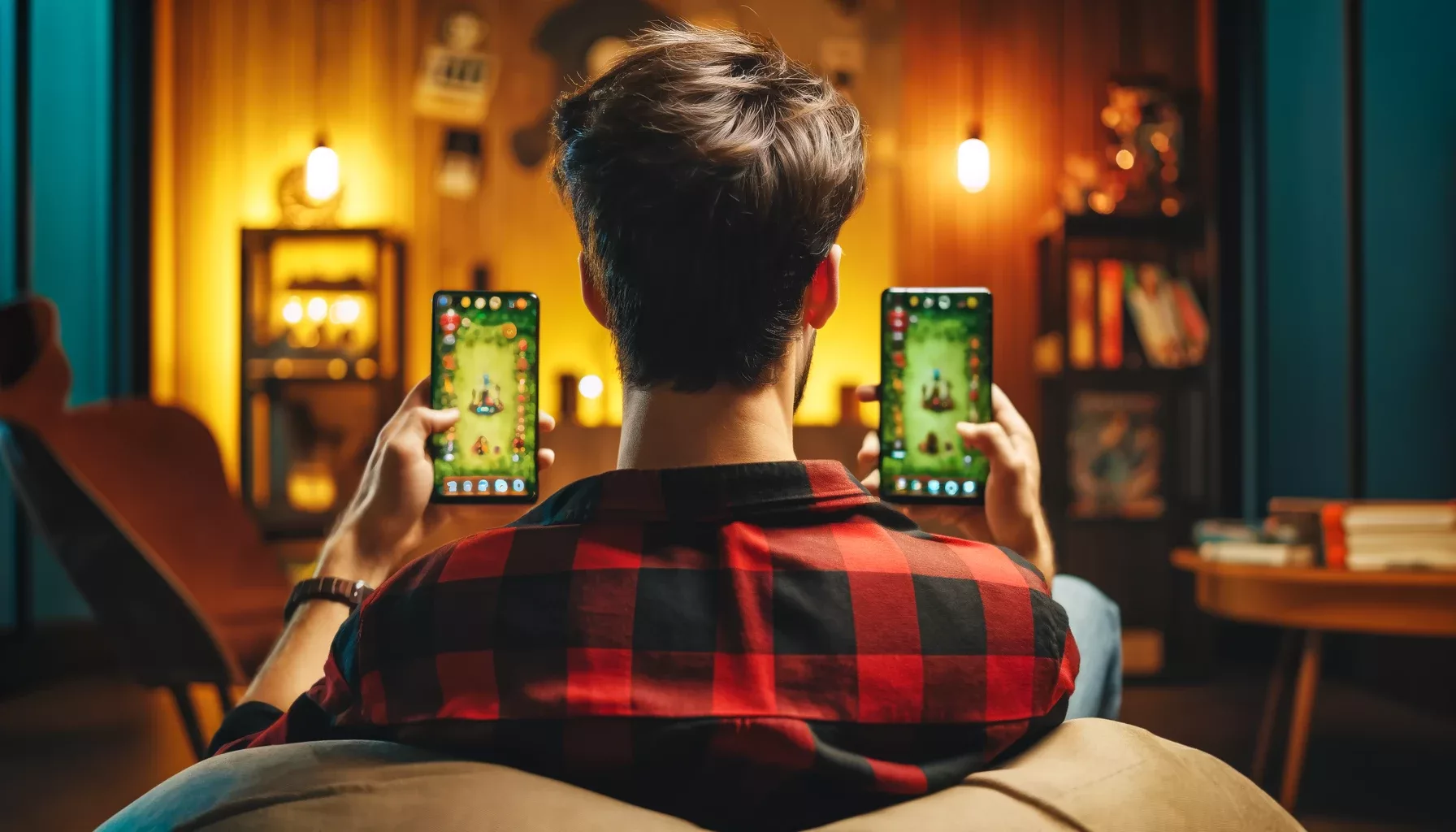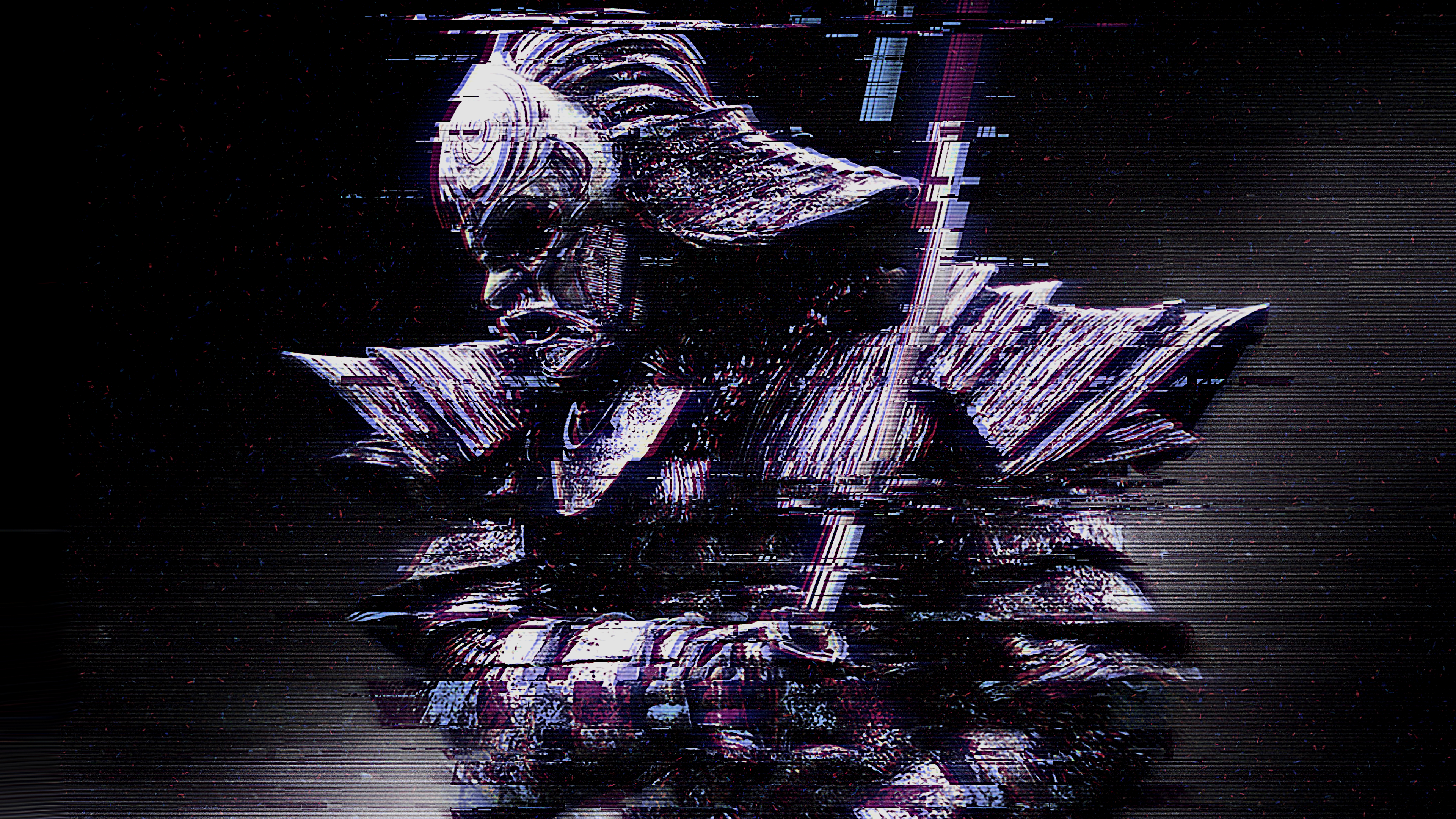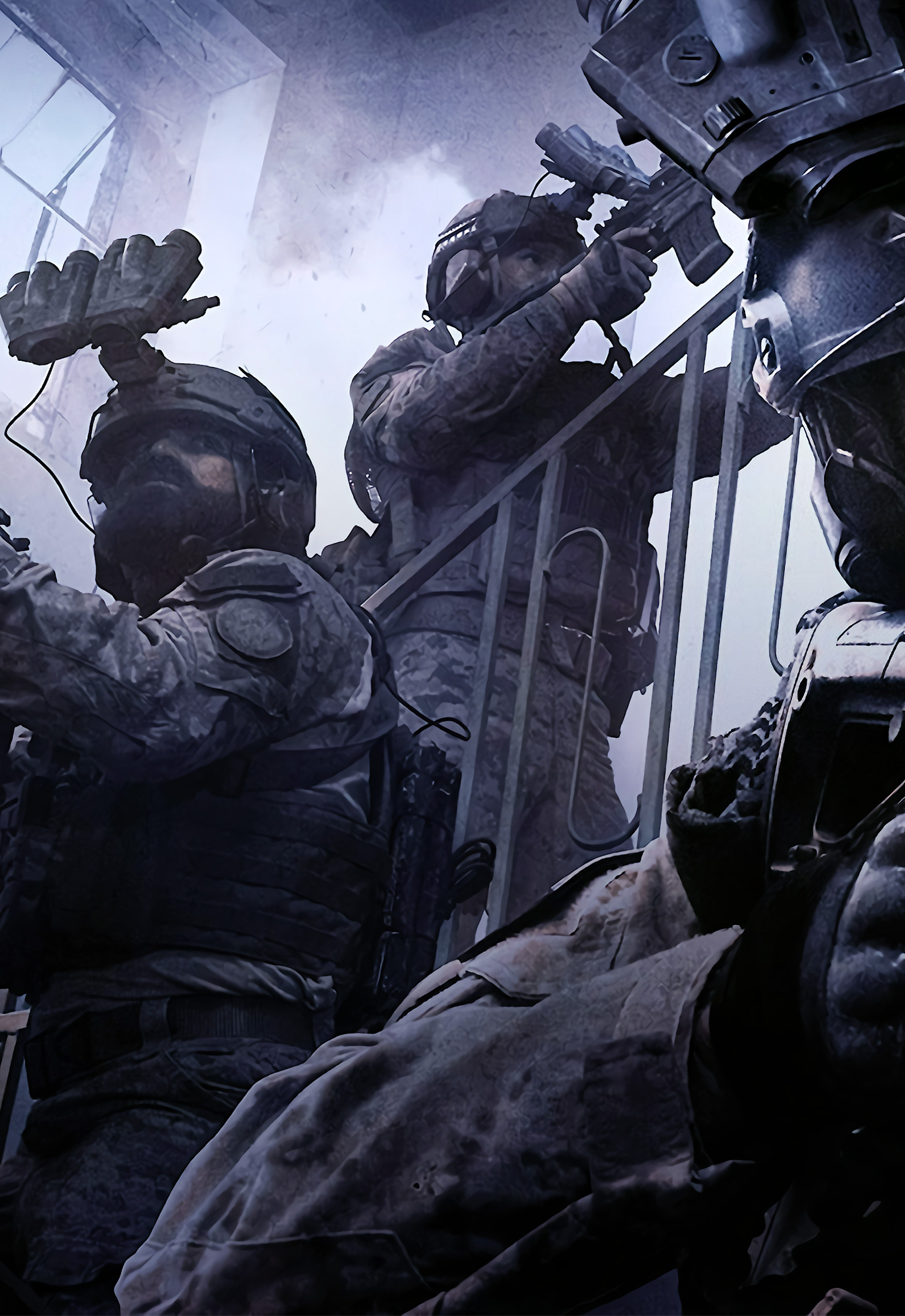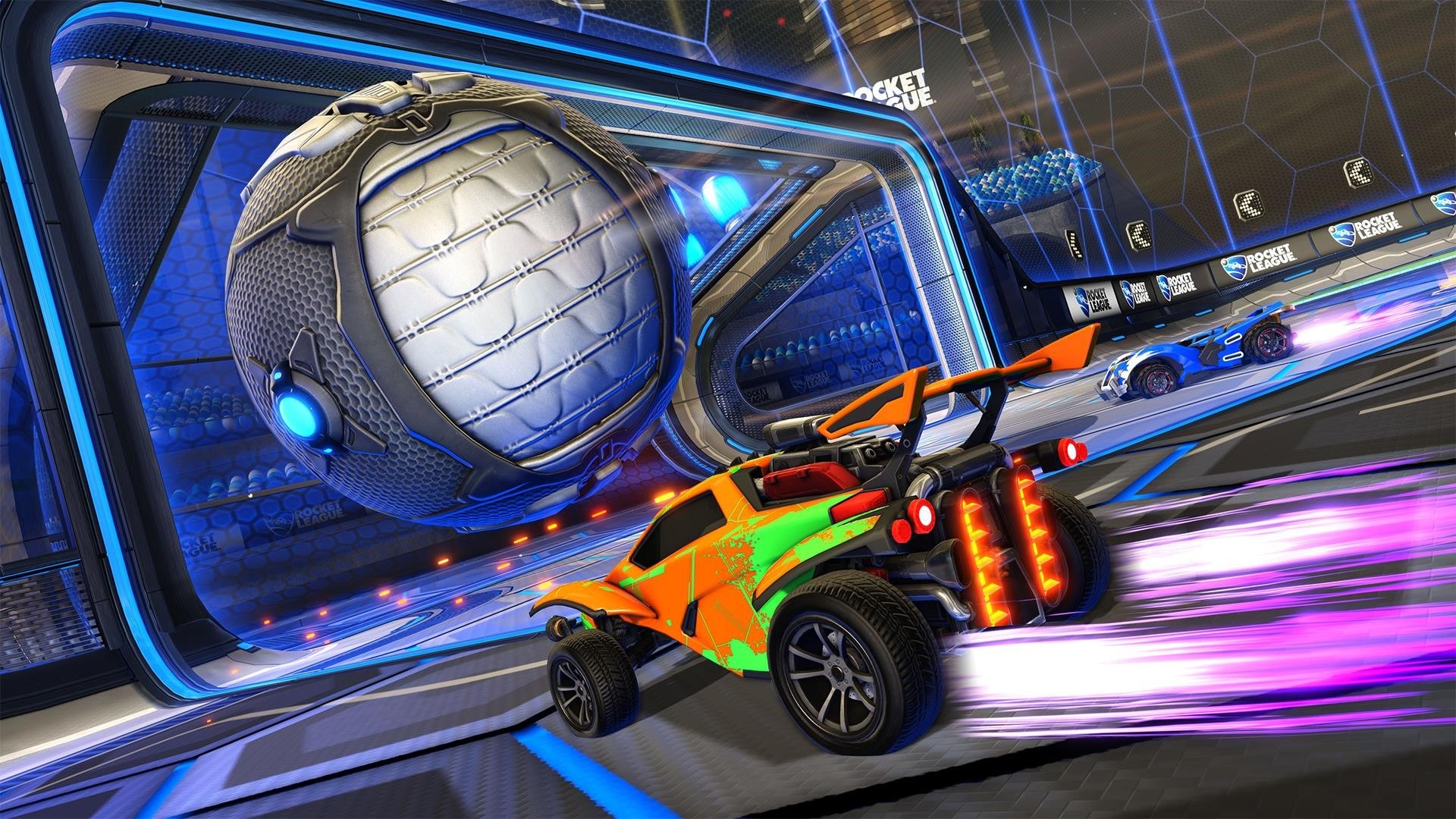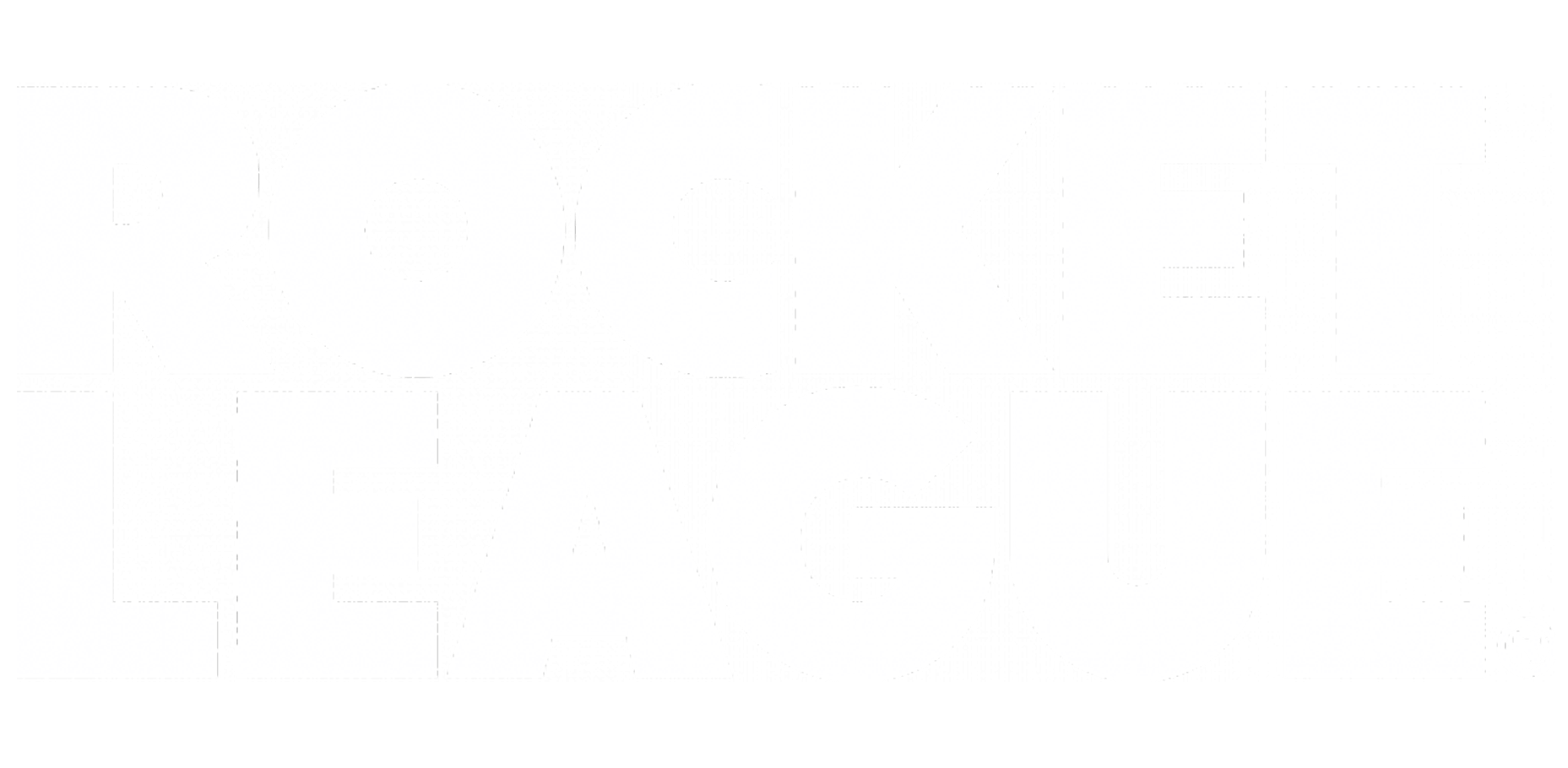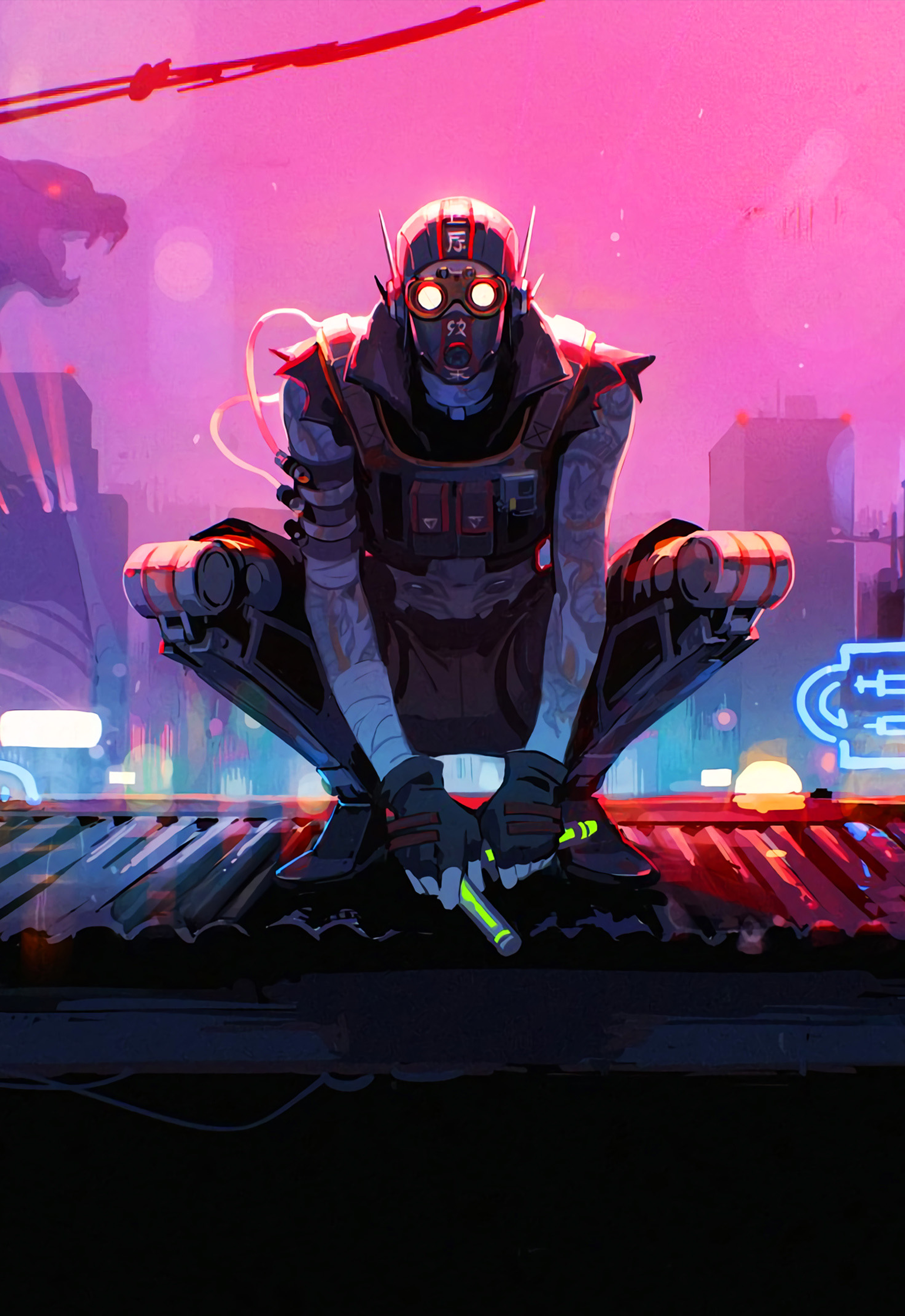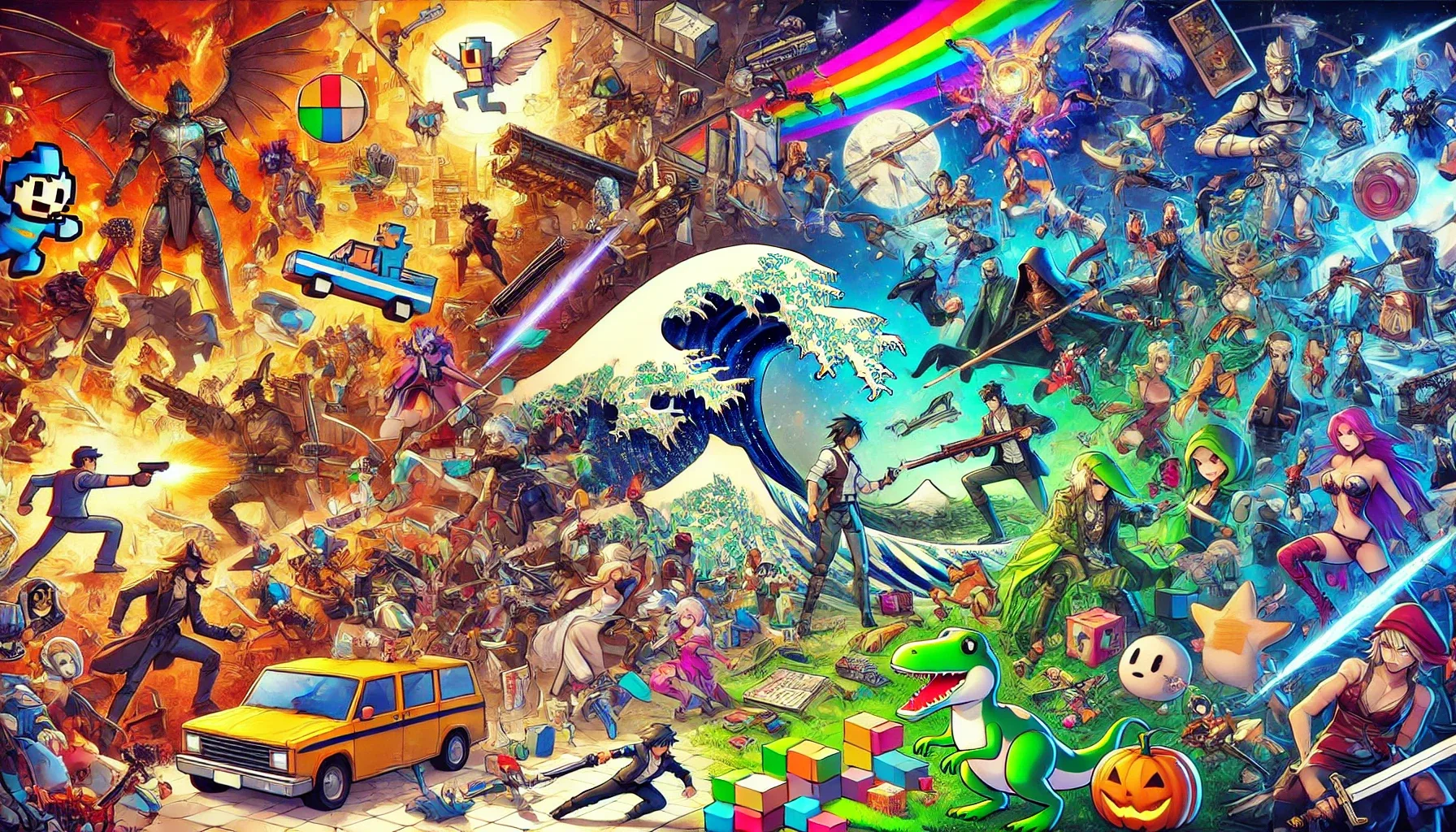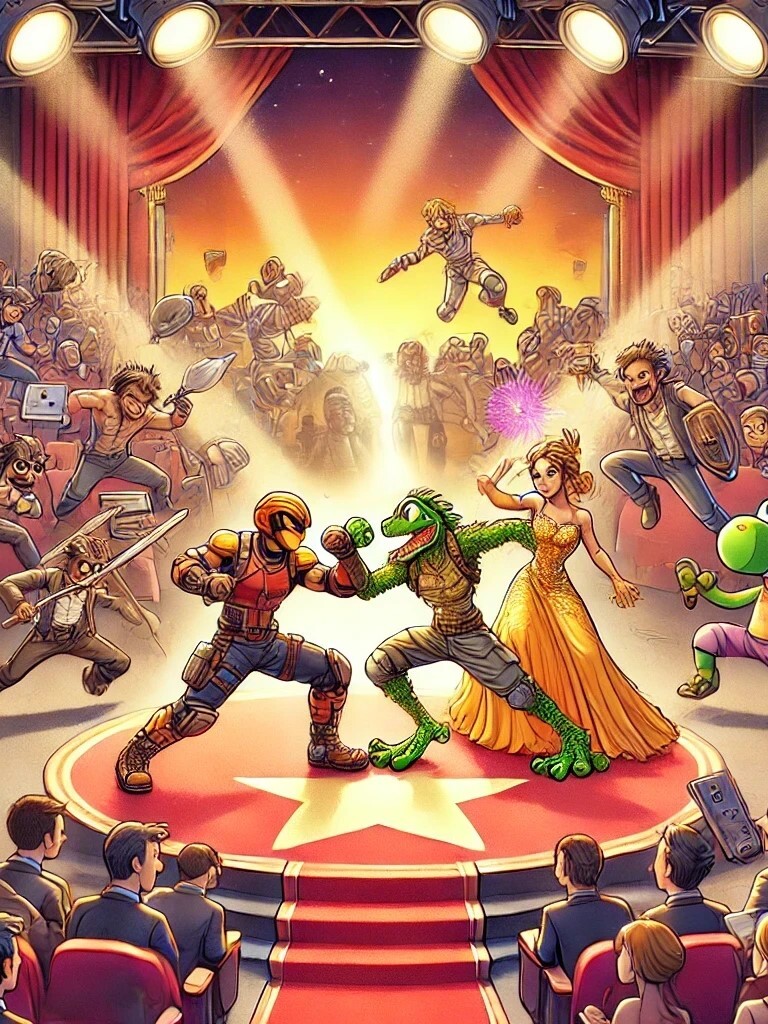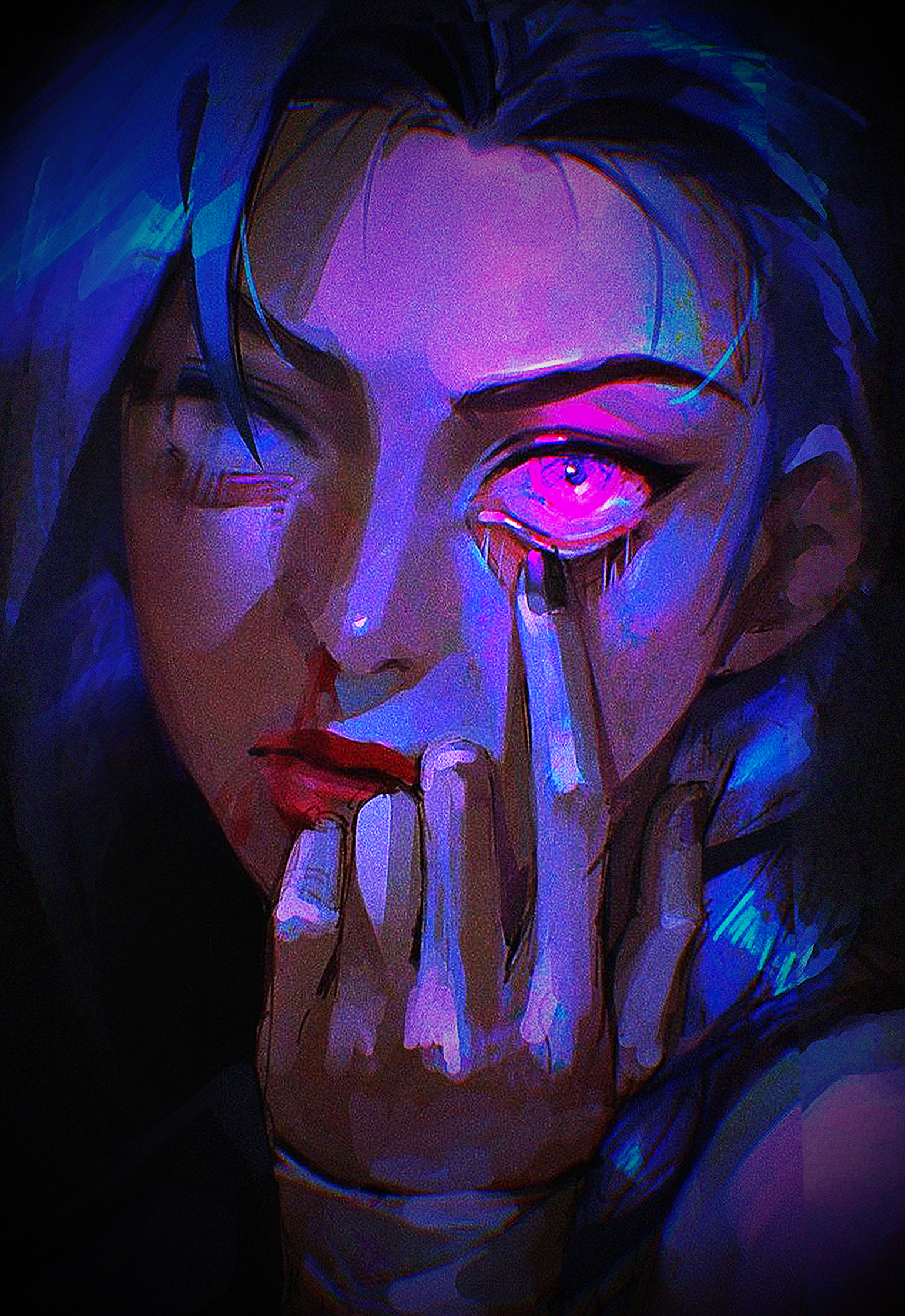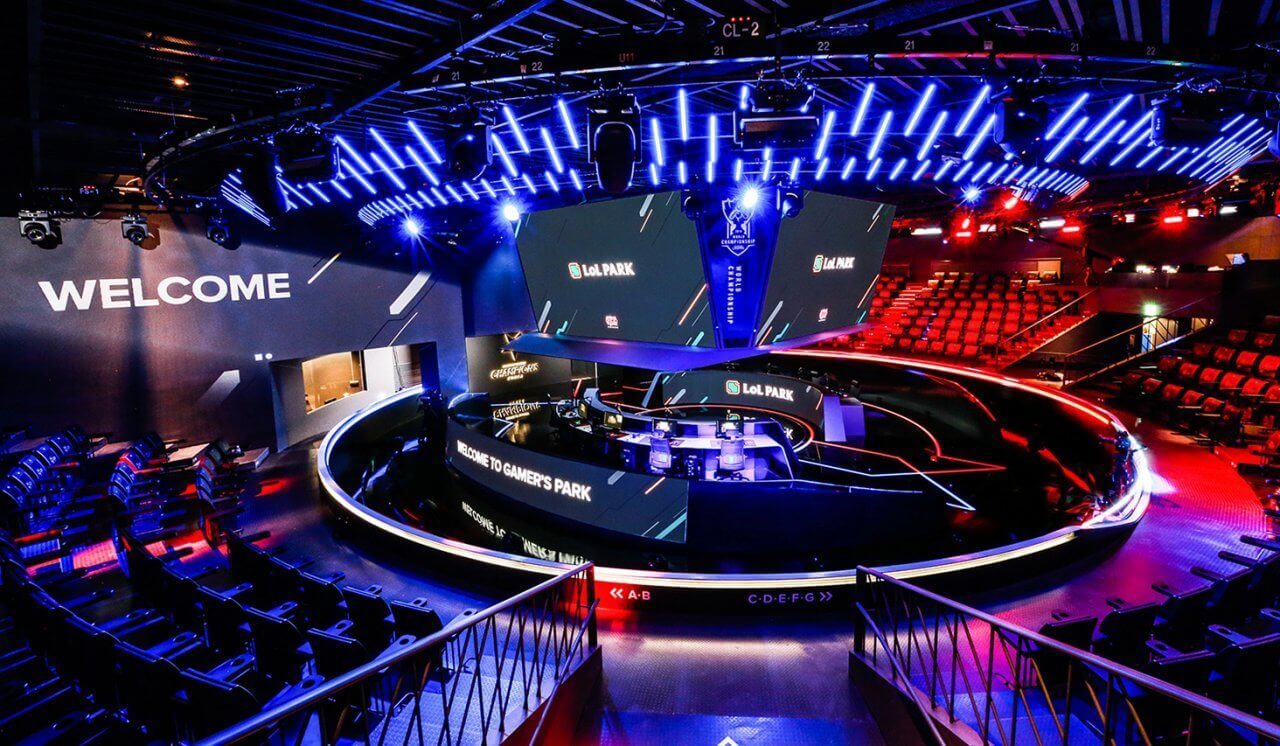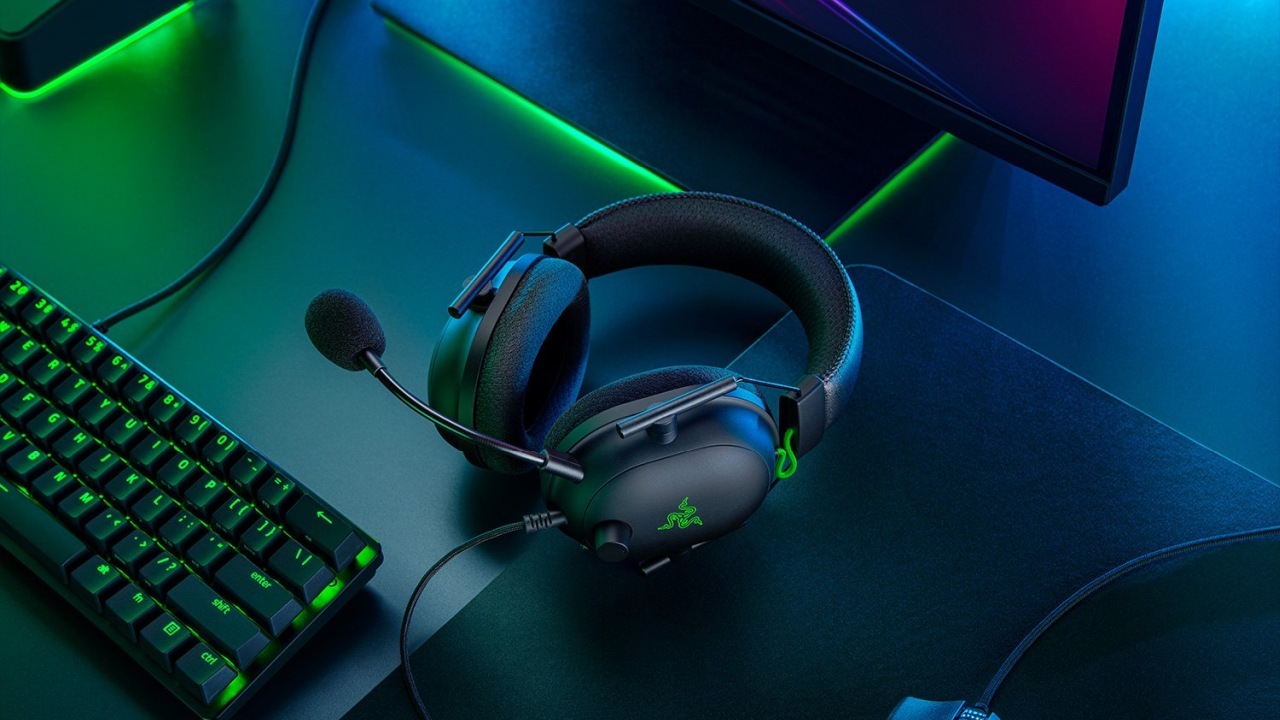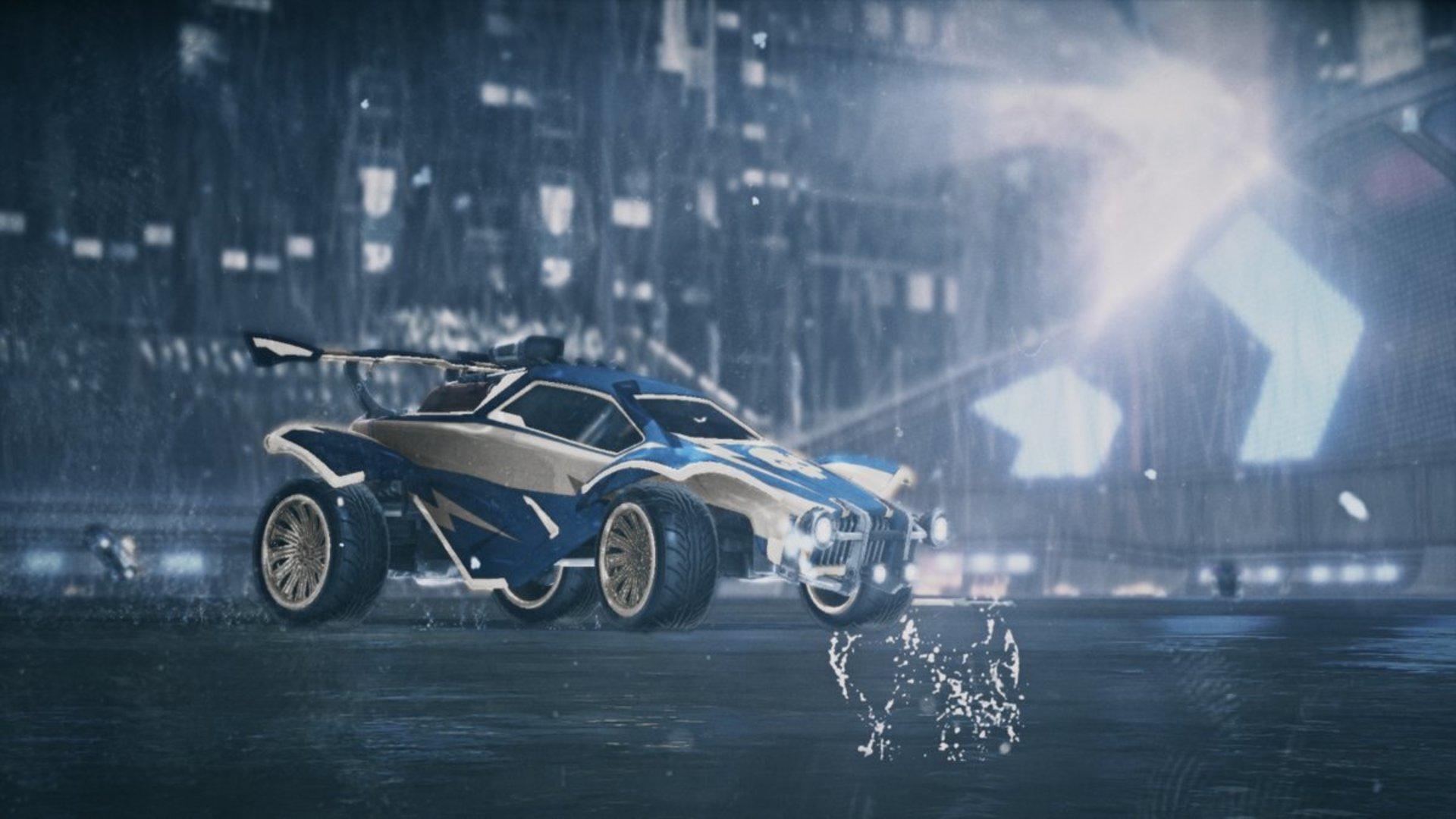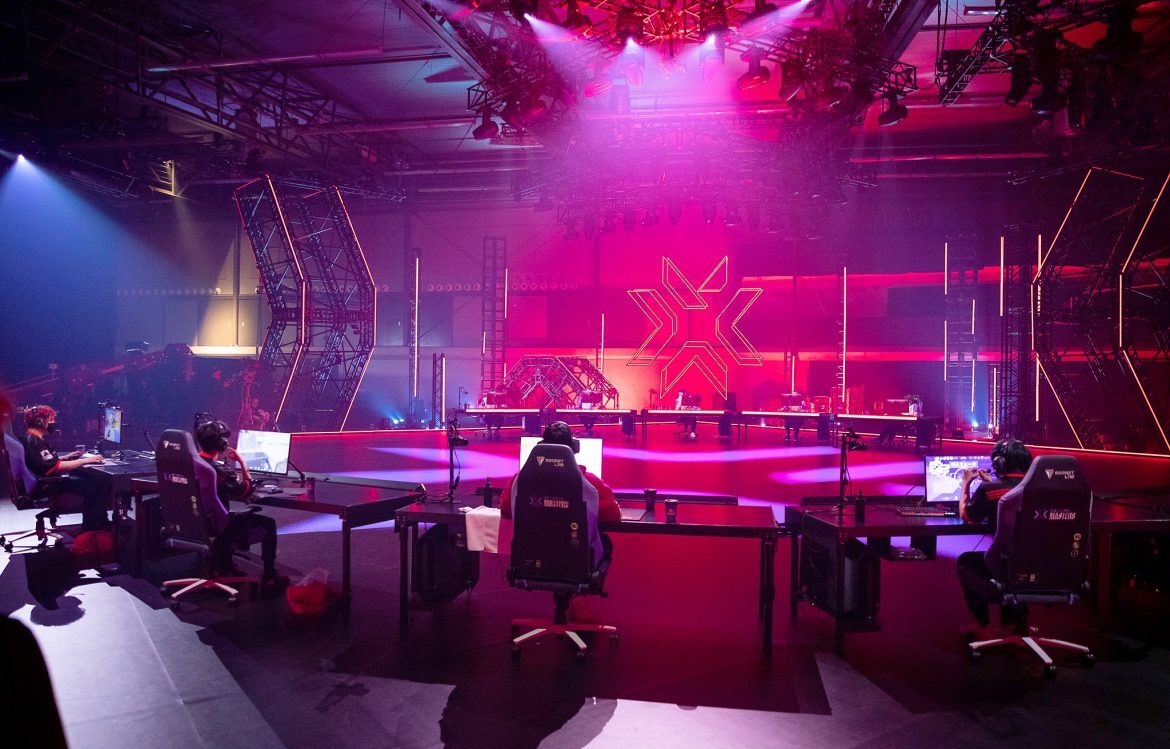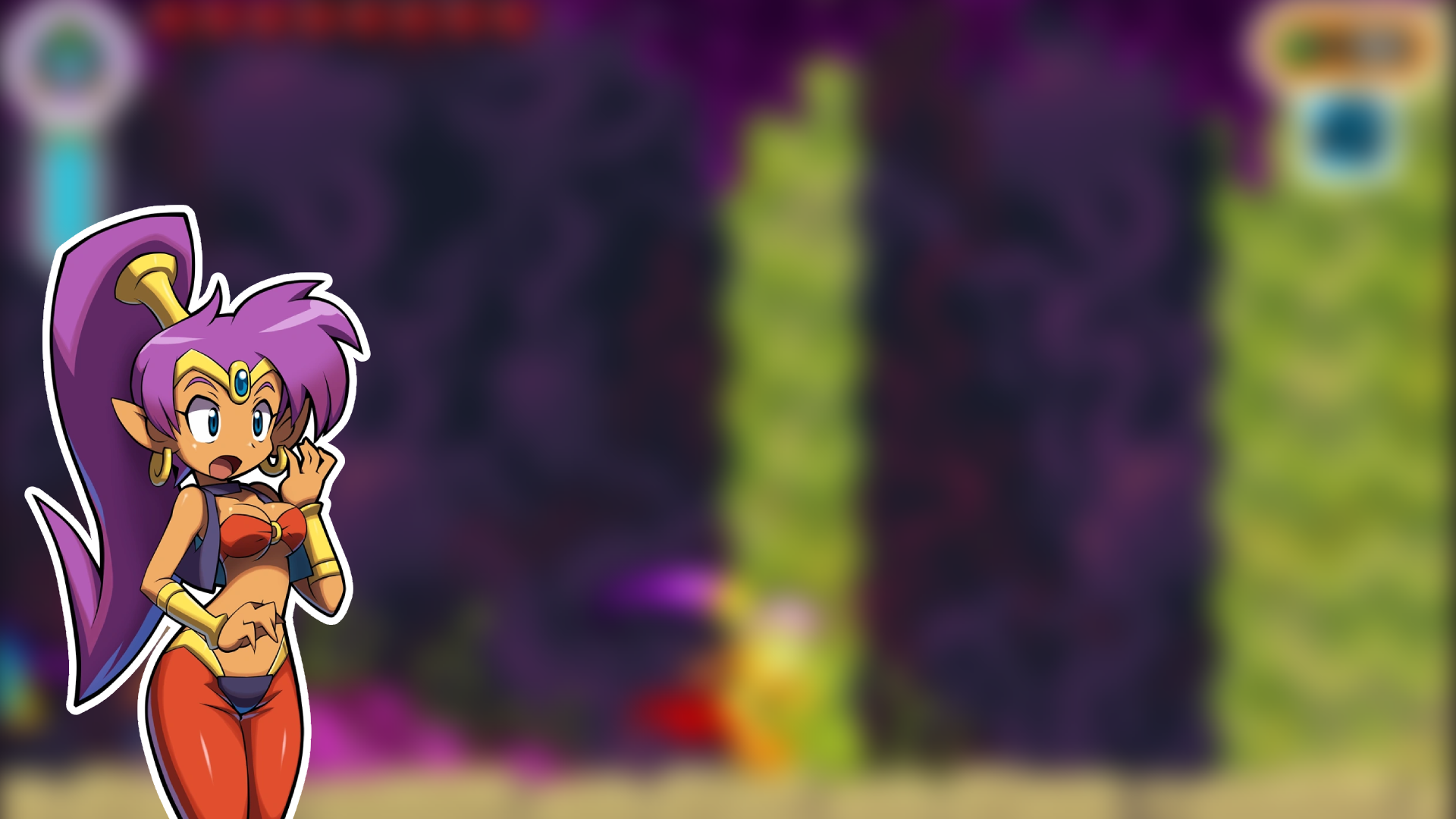Developed before the release of the first game, but released as the sixth.
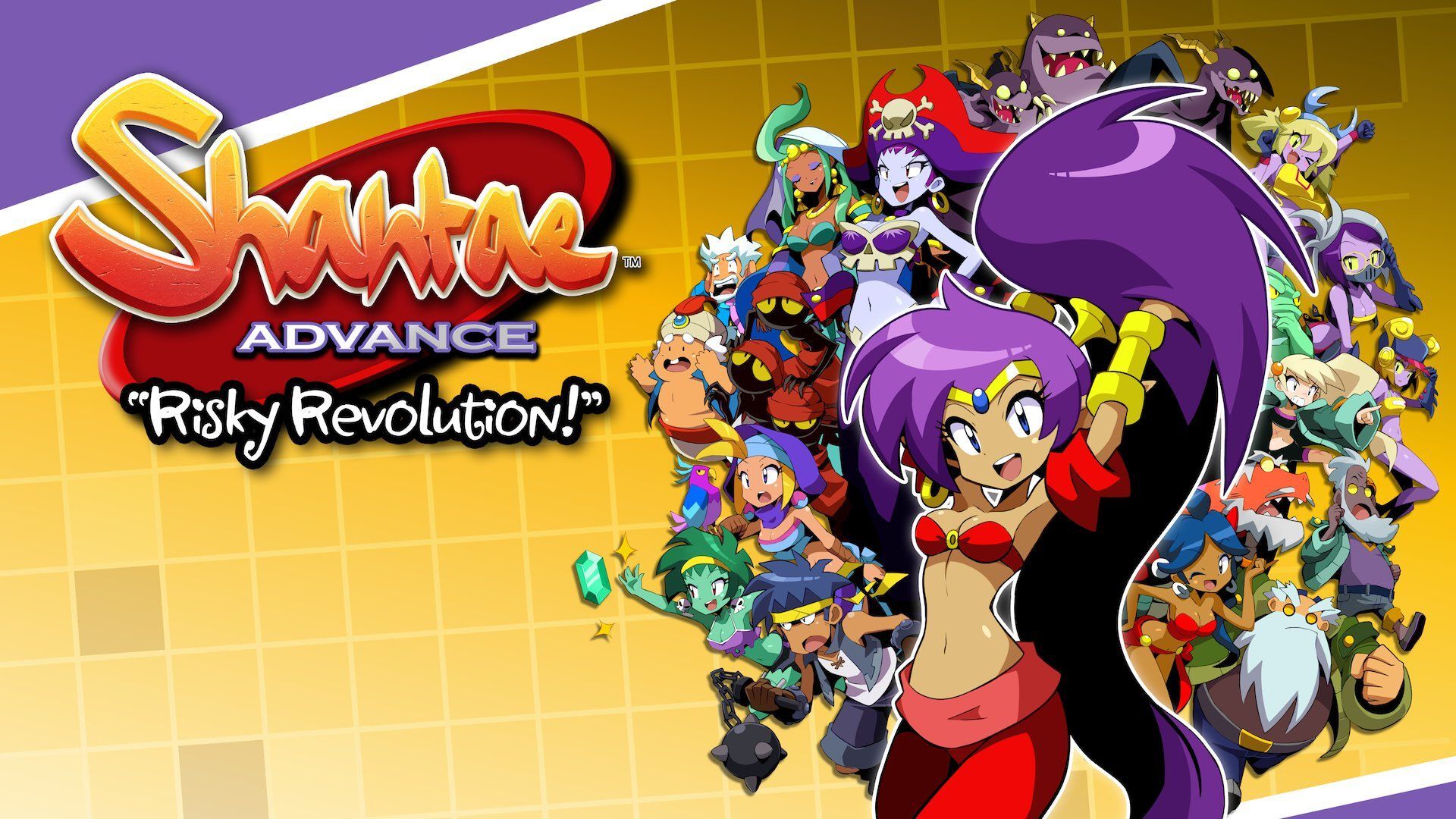
When the first entry in the Shantae series of action-platformer video games was released for Game Boy Color in 2002, it famously did so to a very positive reception, but struggled commercially, with customers largely disinterested in buying Game Boy Color titles a year after the Game Boy Advance had already released.
Consequently, the logical next step for developer WayForward seemed to be pitting the titular transforming half-genie against her pirate nemesis Risky Boots on the Game Boy Advance next; something which turned out to only be realizable over 20 years and four games later.
Setting Sail
The first Shantae, developed by the independent studio WayForward Technologies and published by Capcom for the Game Boy Color in 2002, already had a somewhat tumultous development history; at times being planned for both the SNES and PS1, before the passion project by director Matt Bozon and creator Erin Bozon finally landed on Nintendo's handheld system.
In the game, players control Shantae, a half-genie who uses her hair as a whip and belly dances to transform into various creatures, in order to protect her home of Sequin Land from the pirate villain Risky Boots. In doing so, she has to traverse levels in a Metroidvania style, where unlocking new transformations and abilities opens up previously inaccessible areas.
Since the game made use of advanced effects like parallax scrolling, half-transparency and detailed animations, it required a larger 4 MB cartridge, making it more expensive to release which – combined with it being an unproven intellectual property – made it difficult for WayForward to find a publisher. When they finally did, they consequently had very little leverage, allowing Capcom to hold the release for several months.
Dominant Currents
When the release finally occured, the Game Boy Advance had already come out, severely limiting the game's sales potential. Consequently, WayForward Technologies imagined that a Shantae sequel would take advantage of the GBA's superior hardware, aiming expand the scope and mechanics of the first game while maintaining its style and structure.
This next title, named Shantae Advance: Risky Revolution, would narratively follow up on the original by depicting Shantae's efforts to counter Risky Boots' plan to physically reshape Sequin Land using a device known as the Tremor Engine, exposing landlocked areas to the coast so her pirate crew can pillage them and changing the game world in the process.
Gameplay too builds directly on the mechanics of the first game, retaining hair-whip combat and transformation dances while introducing layered levels and terrain-shifting as key progression tools. Additional innovations include the level layers affecting gameplay elements along with new transformations, completely new areas and a four-player battle mode.
Rising Tide
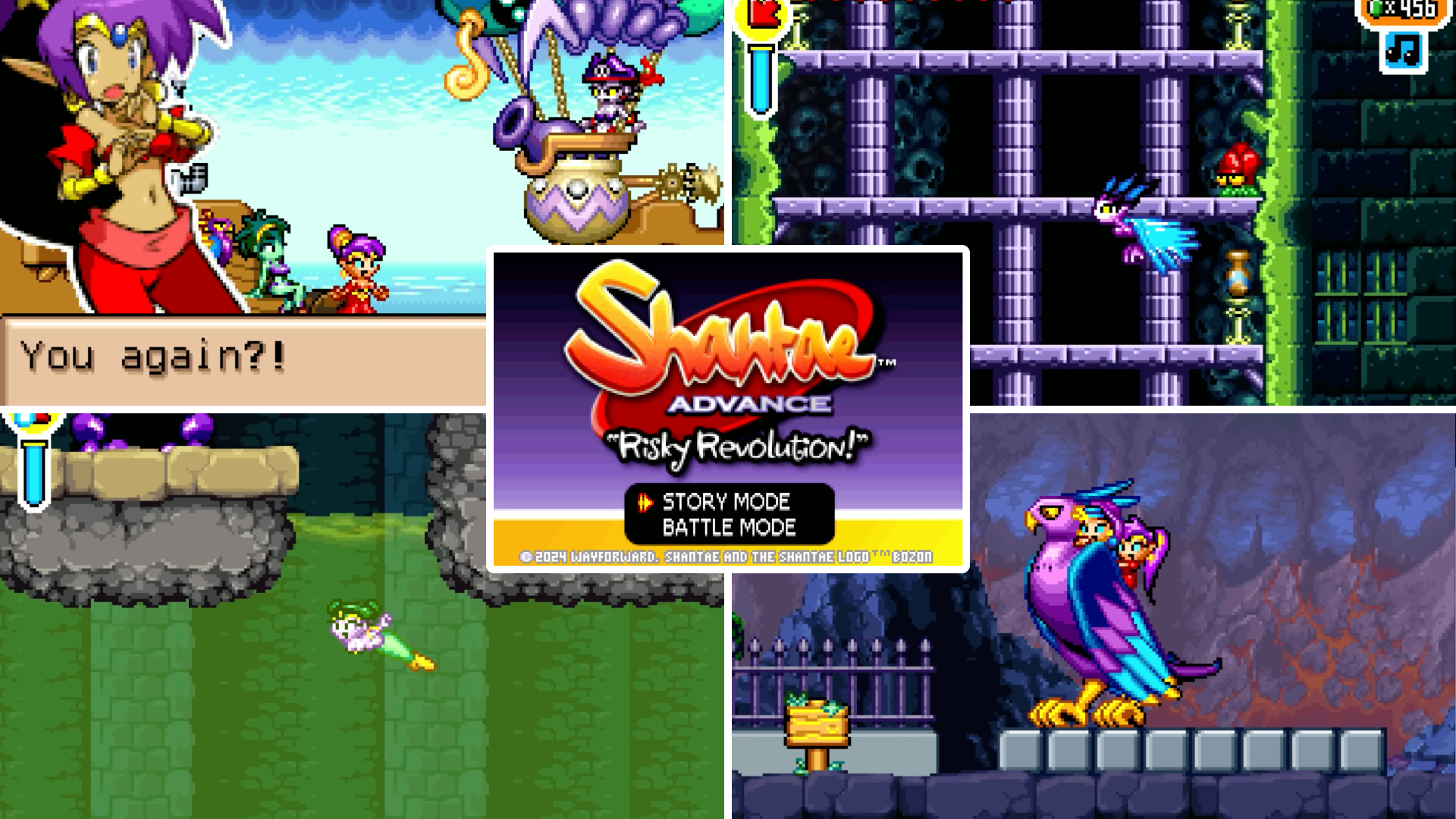
Shantae Advance: Risky Revolution already entered development shortly before the original game's release, with a demo of the first world already completed to present to potential publishers. However, given the poor commercial performance of the first game, none were interested enough for the project to secure funding, leading to its cancellation in 2004.
It would only be in the 2010s with the advent of smaller digital-exclusive titles that indie studios like WayForward were able to safely self-publish their games; an opportunity which the company made use of in the form of Shantae: Risky’s Revenge (2010), which reused some of Risky Revolution's features like swimming and the mermaid transformation, albeit with a different stories and levels. The title would become a commercial success, spawning other sequels.
After Shantae and the Pirate's Curse (2014) and Half-Genie Hero (2016), which, on a side note, reused the flying and additional transformations, as well as Shantae and the Seven Sirens (2019), the studio finally felt confident enough to complete the missing piece of the Shantae mythos by building on the original source code. The game would even release first on original Game Boy Advance cartridges in April 2025, with releases for modern platforms in August.
Crusing Along
Considering that it was effectively a 2004 game releasing in 2025, Shantae Advance: Risky Revolution managed to draw a fairly positive reception, though it was unable to reach the heights of the more modern titles in the series. Its limited physical run had quickly sold through, but no official sales figures have been given yet.
Fans have already been at work making the game even more accessible, releasing guides and patches to allow players to dump the ROMs of their own physical cartridges and play them on emulators if desired. The digital release of the title also came with additional options, such as allowing the dialogue portraits of the characters to be swapped for HD counterparts.
As for what's next, WayForward has publicly stated more Shantae projects are in the works, but remains deliberately vague; leadership also floated revisiting earlier concepts and even giving the original Shantae a modernized "DX"-style treatment. Who knows, maybe other canceled projects like the planned DS entry Shantae: Risky Waters may eventually get their chance as well...
